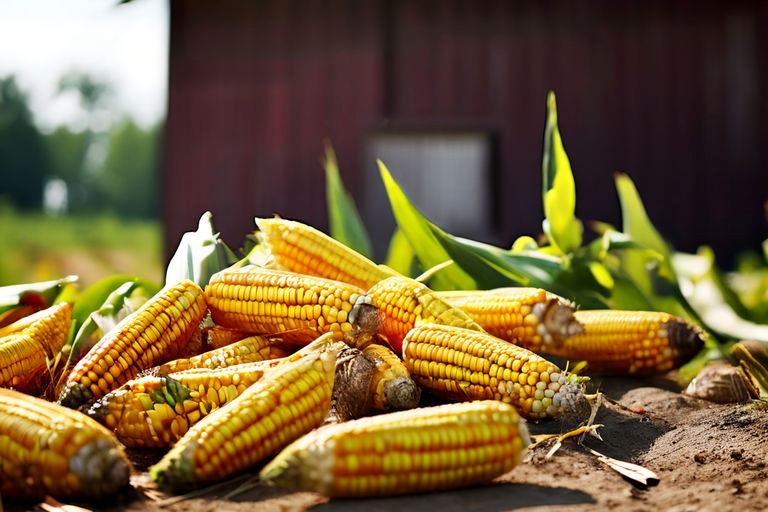What are the best practices for using pesticides safely and effectively?

Best Practices for Using Pesticides Safely and Effectively
Using pesticides can be an effective way to manage pests in both commercial and residential settings. However, the inappropriate use of these substances can lead to health hazards, environmental degradation, and the development of pest resistance. Therefore, it is crucial to understand the best practices for using pesticides safely and effectively. This comprehensive guide delves into the various aspects of pesticide use, offering insights into how to maximize their efficacy while minimizing potential risks.
Understanding Pesticides
Before delving into best practices, it's essential to understand what pesticides are and the different types available. Pesticides are substances used to control, destroy, or prevent the infestation of pests. They include insecticides for insects, herbicides for plants, fungicides for fungi, and rodenticides for rodents. Each type of pesticide is formulated to act on specific pests, and understanding this is the first step towards their safe and effective use.
Proper Pesticide Selection
The selection of the right pesticide is a crucial aspect of safe and effective pest control. It's advisable to identify the pest accurately before purchasing a pesticide. This way, you can choose a product specifically designed for that pest, ensuring higher efficacy and less harm to non-target organisms. In addition, consider the environment in which you'll be applying the pesticide. Some pesticides are more suited to indoor use, while others are designed for outdoor applications.
Choosing Environmentally Friendly Pesticides
Whenever possible, opt for environmentally friendly pesticides. These products are designed to degrade rapidly, reducing their potential impact on the environment. They also tend to be less toxic to non-target organisms, including humans and pets. Look for products labeled as 'green', 'natural', or 'organic', but be sure to still use them responsibly.
Pesticide Application
Applying pesticides correctly is crucial to their effectiveness and safety. Always follow the manufacturer's instructions regarding application rates and methods. Overuse of pesticides not only wastes resources but can also exacerbate pest resistance and increase health and environmental risks. Conversely, underuse can result in ineffective pest control.
Timing of Application
Timing is another critical factor in pesticide application. Some pesticides work best at specific stages of the pest's life cycle, or under certain environmental conditions. For instance, applying herbicides in early spring can prevent the germination of weed seeds, while some insecticides are most effective when the pest is in its larval stage.
Pesticide Storage and Disposal
Proper storage and disposal of pesticides are vital to prevent accidental exposure or environmental contamination. Store pesticides in a locked cabinet, out of reach of children and pets, and away from food and drink. Always dispose of empty pesticide containers and unused products at a designated disposal facility. Never pour pesticides down the drain or into water bodies.
Personal Protection When Using Pesticides
Personal protection is a crucial aspect of safe pesticide use. Always wear suitable protective clothing, including gloves, goggles, and a mask, when handling and applying pesticides. Wash your hands and any exposed skin thoroughly after use, and change into clean clothing as soon as possible. If you experience any symptoms of pesticide exposure, such as dizziness, nausea, or skin irritation, seek medical attention promptly.
Education and Training
Education and training are essential for anyone who uses pesticides, whether in a professional or personal capacity. Understanding the principles of Integrated Pest Management (IPM), which combines multiple strategies for effective and sustainable pest control, can enhance pesticide use's effectiveness and safety. Regular training ensures that you stay updated with the latest developments in pest management and pesticide safety.
In Conclusion
Safe and effective use of pesticides is a balance between controlling pests and minimizing potential risks to health and the environment. It involves understanding what pesticides are, selecting the right product, applying it correctly, and taking precautions to protect oneself and the environment. Education and training are vital in ensuring that these best practices are understood and implemented. Remember, the goal is not just to kill pests, but to do so in a way that is sustainable and responsible.

